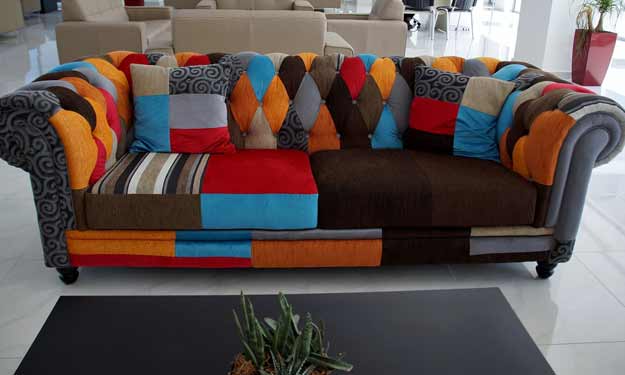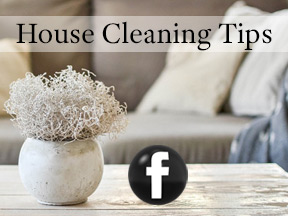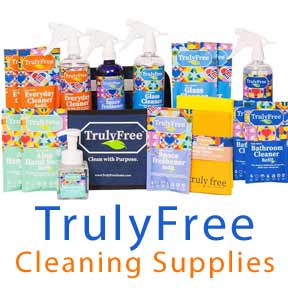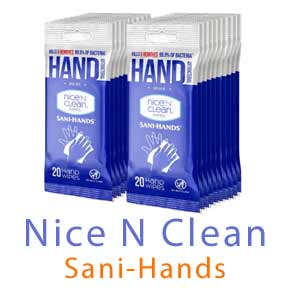Removing Upholstery Stains

Tips for Cleaning Upholstered Furniture.
Upholstery Cleaning and Stain Removal Tips
If you have a sofa, chair, loveseat, or other upholstered furniture that’s still in good shape but looks a little worn or stained, don’t rush to replace it. With the right approach to removing upholstery stains and a little elbow grease, your furniture can look fresh and clean again – saving you both time and money.
Upholstered furniture gets plenty of use. Between daily lounging, snacking, and even pets claiming spots as their own, it’s no surprise stains and odors can build up. Fortunately, with the proper methods, even tough spots can often be removed. The key is understanding your fabric and treating stains promptly and properly.
In this guide, we’ll share essential tips for cleaning upholstery and removing common stains safely and effectively.
Know Your Fabric Before Removing Upholstery Stains
Before you start cleaning or removing upholstery stains, it’s crucial to identify the type of fabric you’re dealing with. Using the wrong cleaning method can damage the upholstery or set the stain permanently.
Check for Upholstery Cleaning Codes
Most upholstered furniture has a manufacturer tag (usually under a seat cushion or on the underside of the frame) that includes a cleaning code. These codes tell you which cleaning products are safe to use:
W (Water-Based Cleaner)
Safe to clean with water-based products like mild detergent or upholstery shampoo.
S (Solvent-Based Cleaner)
Use only solvent-based products (dry cleaning solvent). Water may damage the fabric.
WS (Water or Solvent Cleaner)
Both water-based and solvent-based products are acceptable. Spot-test first.
X (Vacuum Only)
Do not use any cleaners. Only vacuum or lightly brush. Professional cleaning is recommended for stains.
If your furniture doesn’t have a tag or the code is missing, always test your chosen cleaning method on a hidden area first.
Tips for Removing Upholstery Stains Safely
Other essential guidelines:
- Act quickly: The faster you treat a stain, the better your chance of success.
- Blot, don’t rub: Rubbing can spread the stain and damage fibers.
- Use white cloths or towels: Colored ones can transfer dye.
- Avoid harsh chemicals: They may cause permanent damage or discoloration.
Removing Upholstery Stains: Common Scenarios
Let’s look at how to tackle some of the most frequent stain types you’ll encounter on upholstered furniture.
Removing Butter Stains from Upholstery
Movie night and buttered popcorn often go hand in hand – and sometimes, directly onto the cushions. Butter leaves behind greasy stains that need quick attention.
Steps to remove butter stains:
- Apply a small drop of original blue Dawn dish soap to the greasy spot.
- Blot gently with a damp (not soaking) clean cloth.
- Use another damp section of the cloth to blot away soap residue.
- Blot dry with a clean towel and allow the area to air dry.
Cleaning Oily Melted Cheese Stains
Melted cheese from snacks like nachos or pizza can sink into fabric and leave a stubborn oily residue.
Steps for removing melted cheese stains:
- Gently lift off any cheese solids with a spoon or dull knife.
- Mix 1 tablespoon of liquid dish soap with 2 cups of cool water.
- Blot the stained area using a clean cloth dipped in the solution.
- Repeat until the stain fades.
- Blot with plain water to remove soap residue.
- Cover with a clean towel until dry.
Removing Ink Stains from Upholstery
Ink can be one of the trickiest stains to tackle, but removing ink stains from upholstery is possible with patience and care.
Steps to remove ink stains:
- Dip a cotton swab in rubbing alcohol.
- Blot the stain gently, rotating the swab to a clean section frequently.
- Continue blotting until the ink lifts.
- Use a damp white cloth to remove any leftover alcohol.
- Blot dry with a clean towel and let it air dry.
Always test rubbing alcohol on a hidden spot first to make sure it doesn’t cause fading or fabric damage.
Cleaning Coffee Stains from Upholstery
Spilled coffee on the couch? No problem. You can remove coffee stains with a few simple ingredients.
Steps to remove coffee stains:
- Mix 1 teaspoon of mild detergent (pH balanced) with 1 cup of warm water.
- Blot the stain, working from the outside in.
- Follow with a mixture of 1/3 cup white vinegar and 2/3 cup water to neutralize and clean.
- Blot dry with a clean white towel.
- Let the fabric air dry completely.
Regular Maintenance and Preventing Future Stains
In addition to removing upholstery stains, keeping your furniture clean day-to-day helps extend its life and appearance.
- Vacuum regularly using an upholstery attachment to remove dust, pet hair, and crumbs.
- Spot clean spills immediately to prevent staining.
- Use slipcovers or throws in high-traffic areas or on furniture shared with pets.
By staying on top of maintenance and learning the right stain removal methods, you can keep your upholstery looking clean and inviting for years to come – without spending a fortune on replacements.
Related Articles
Furniture Cleaning















